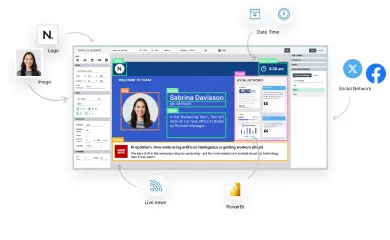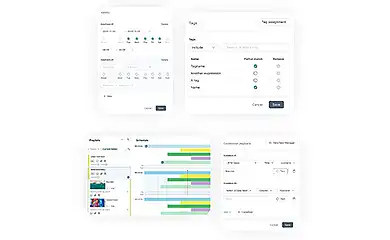Our transportation status boards utilize cutting-edge Navori software to deliver live, accurate travel information, enhancing the passenger experience across various transit environments, from airports to bus terminals.
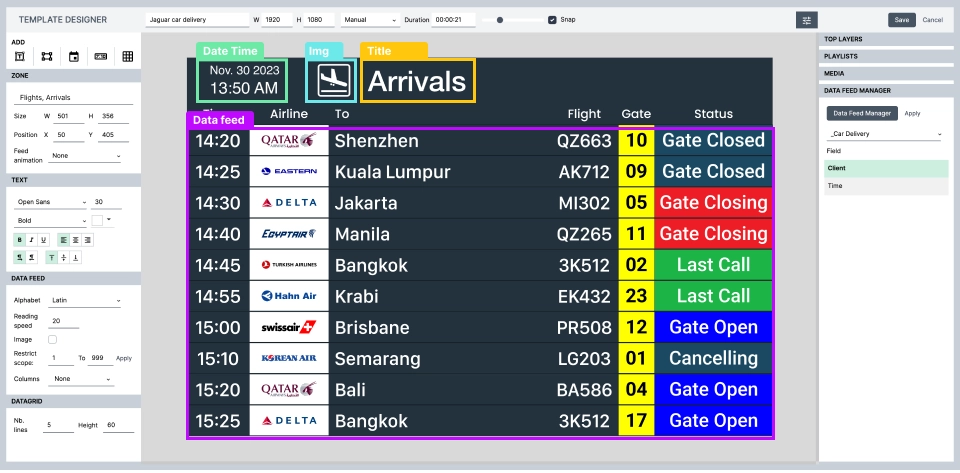
Features
Real-Time Updates
Stay informed with live schedules, arrivals, and departures, ensuring you never miss a beat.
Discover Live UpdatesSeamless Integration
Our boards integrate smoothly with existing transit systems to provide consistent and reliable information flow.
Interactive Displays
Engage with interactive maps and detailed travel information at your fingertips.
Discover InteractivityEmergency Alert System
Instantly broadcast critical information to ensure passenger safety during emergencies.
Discover Emergency Alert SystemsTransportation hubs require dynamic and accurate information dissemination to ensure a smooth and safe journey for every passenger. Transportation Status Boards simplifies the complexity of real-time data management through four streamlined steps, ensuring all passengers have access to the latest travel updates and alerts.
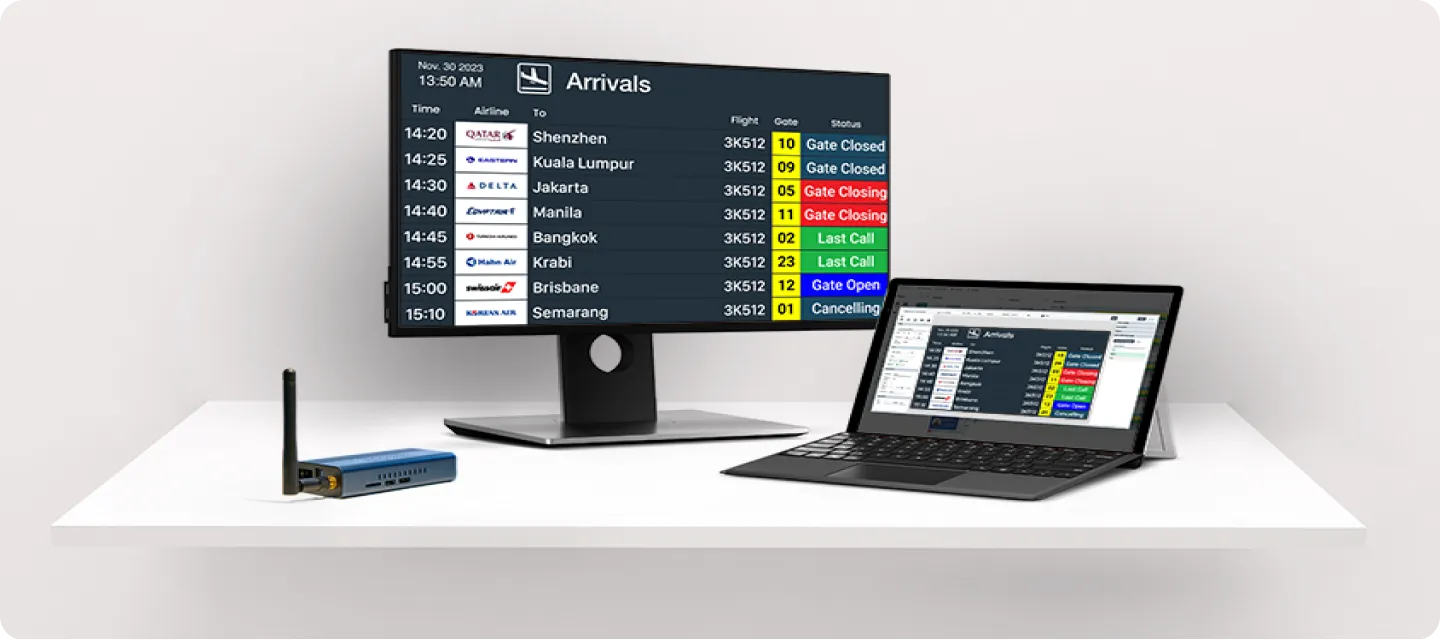
Data Aggregation
Gather real-time data from various sources including transportation schedules, weather conditions, traffic updates, and any other relevant external data sources.
Content Management
Once data is aggregated, it’s managed through Navori’s intuitive Content Management System (CMS). Here, data is organized, prioritized, and scheduled for display. The CMS allows operators to edit and manage content easily, ensuring the information is current relevant, and easy to understand. This system supports different user roles and permissions, allowing for a collaborative environment among different teams.
Display Activation
Information is pushed to various screens across the transportation hub, tailored to the specific requirements of each location, such as arrivals and departures at specific gates or terminals. This targeted information delivery ensures that passengers receive relevant updates exactly where and when they need them.
Real-Time Updates and Alerts
The final step involves the continuous monitoring and updating of information. The system updates in real-time and sends out alerts as needed, keeping passengers informed and safe.
Increased Passenger Satisfaction
Enhance the travel experience with up-to-date, reliable information that meets passenger needs on the go. This transparency helps reduce stress and uncertainty, improving overall satisfaction and comfort during travel.
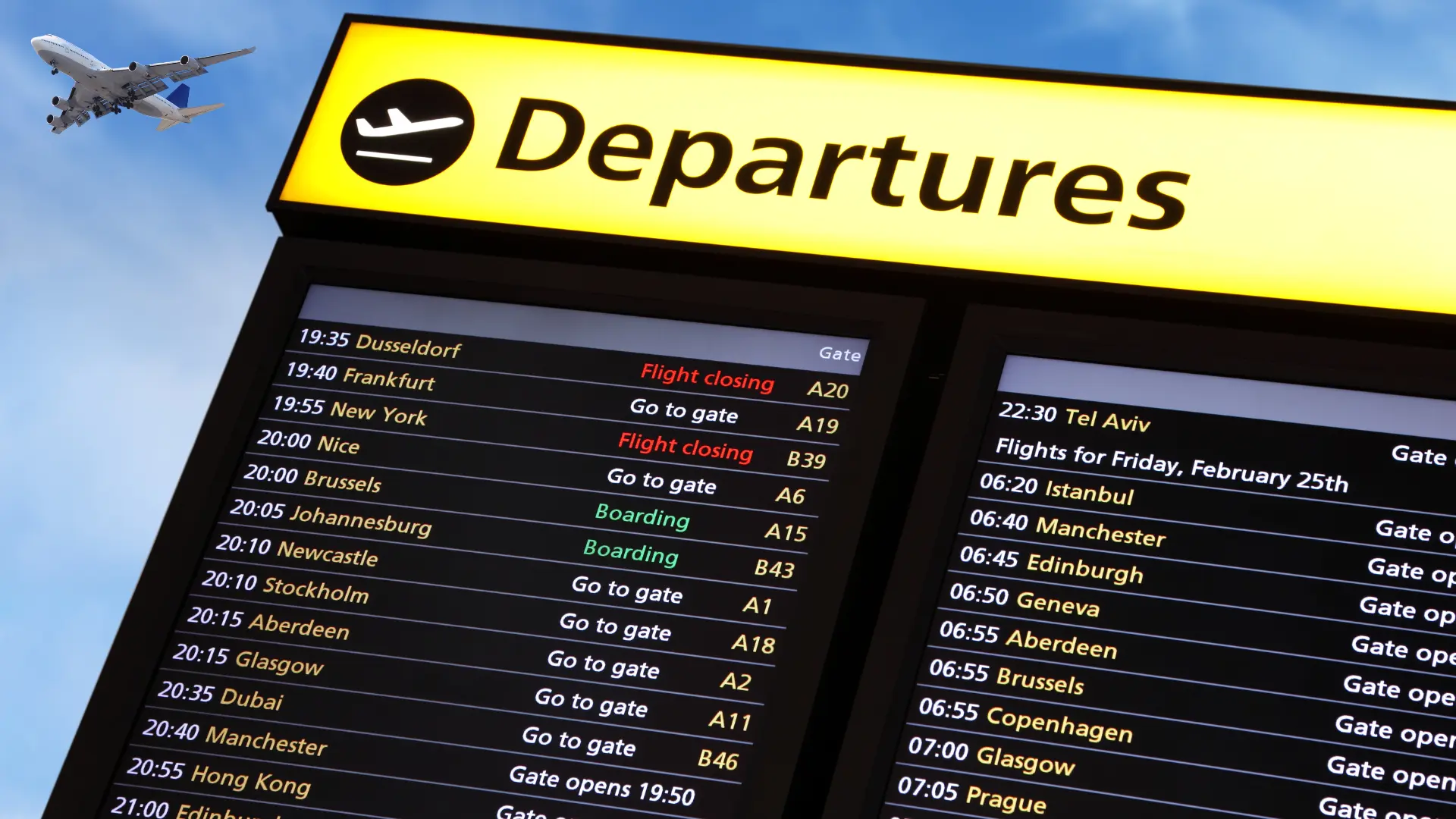

Improved Operational Efficiency
Streamline operations and reduce congestion with effective crowd management and information dissemination. The ability to update information in real-time allows operators to react quickly to changes, ensuring that both staff and passengers are well-informed and can make necessary adjustments to their plans.
Enhanced Safety Measures
Quickly communicate vital safety information (clear guidance on evacuation procedures or other safety protocols) in emergencies to protect passengers.
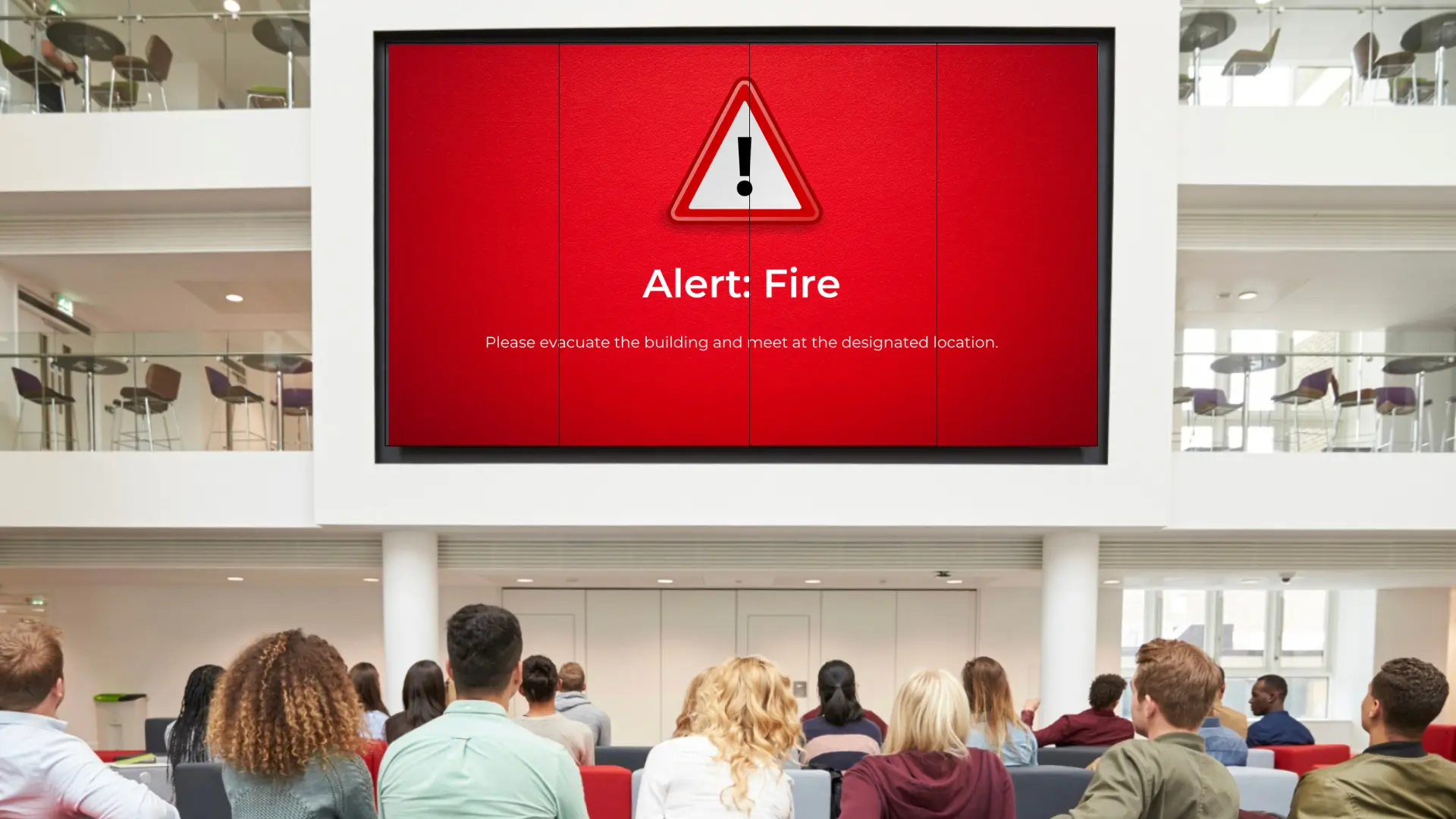
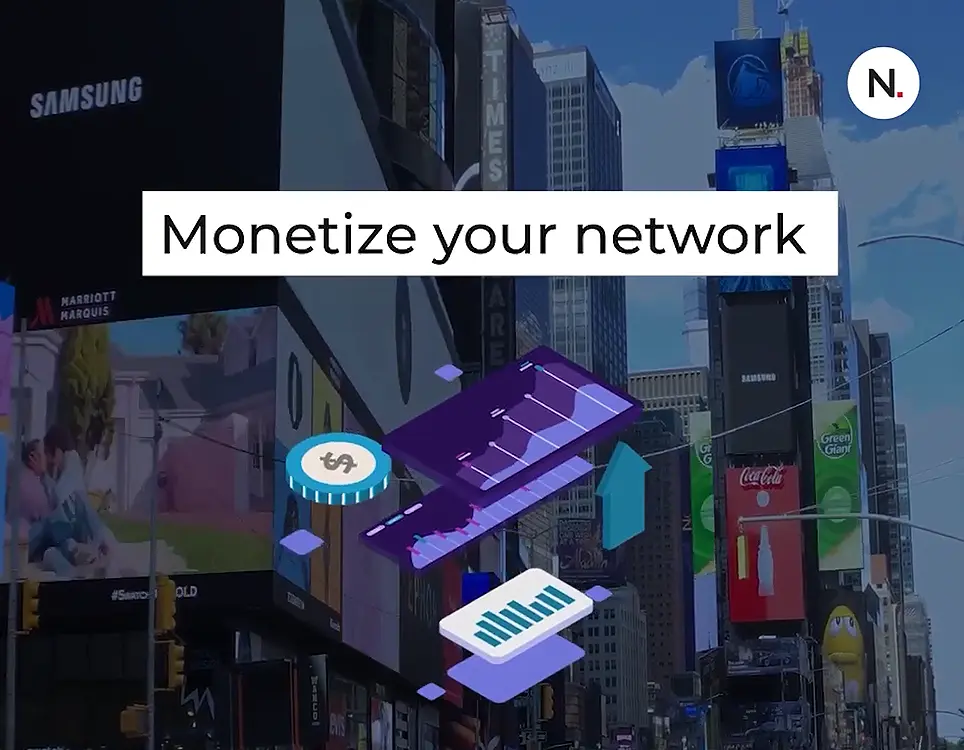
Advertising and Monetization
With built-in advertising tools, transportation facilities can display targeted, contextual advertisements that capture the attention of passengers. This not only helps generate additional revenue but also enhances the commercial value of the space, offering advertisers a platform to reach a captive audience effectively.
Airports: Comprehensive Flight Information
Our Flight Information Display Systems (FIDS) solution provides comprehensive real-time flight information such as gate numbers, departure times, and status updates. Integrated seamlessly with airport operational databases, it ensures passengers and airport staff are always informed. This solution helps manage passenger flow efficiently, especially during peak times, reducing stress and enhancing the overall airport experience.
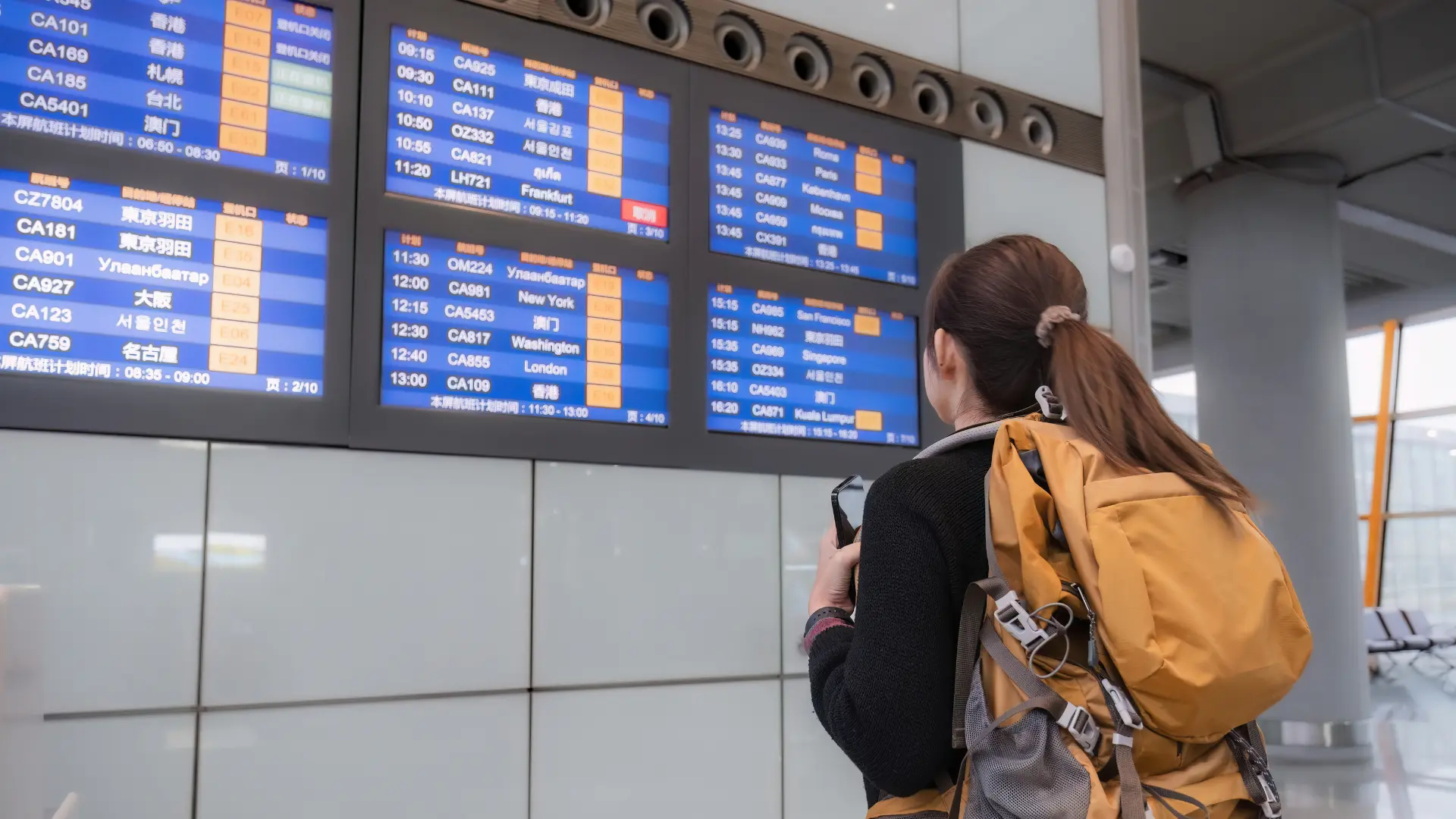
Bus Terminals: : Real-Time Bus Departure Boards
In bus terminals, our status boards provide real-time updates on bus schedules, route changes, and platform details. This information helps passengers make timely decisions about their travel plans, improving their experience and reducing the uncertainty associated with bus travel. The solution also features service alerts to keep passengers updated on any disruptions or changes.
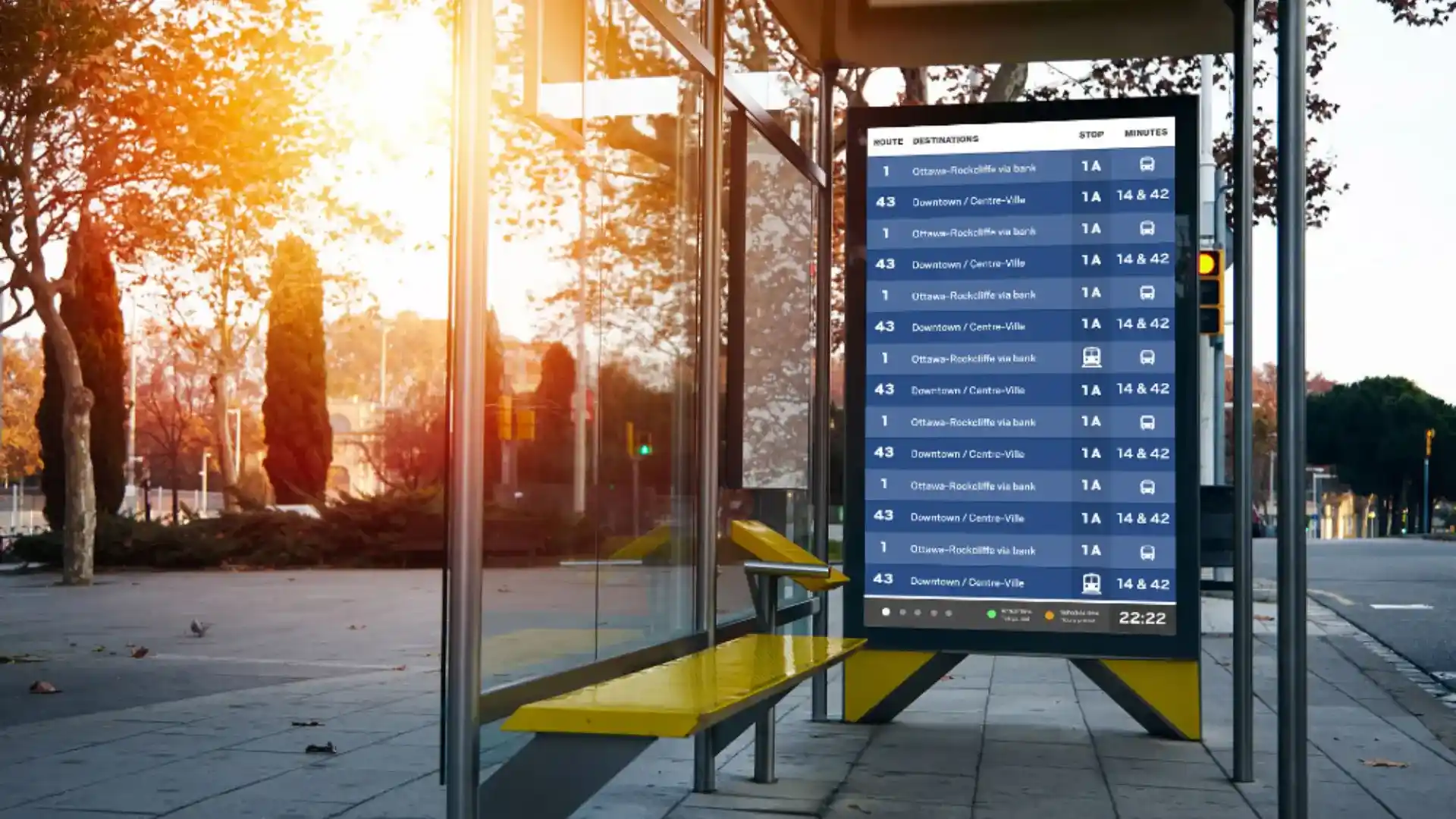
Train Stations: Timely Train Schedules
Navori’s digital signage software optimizes passenger communication in train stations by displaying dynamic train schedules, platform assignments, and service notices. Our solution supports real-time updates, helping to manage commuter flow and reduce platform congestion, which is crucial for maintaining a smooth operational tempo and ensuring passenger safety.
Custom Solutions: Versatile and Adaptable Digital Signage
Understanding that each transportation hub has unique challenges, Navori offers customizable digital signage solutions that can be tailored to fit specific requirements. Whether it’s integrating with existing systems or developing new functionalities to address unique operational needs, our flexible platform ensures that all types of transportation hubs can maximize the benefits of digital signage technology.


